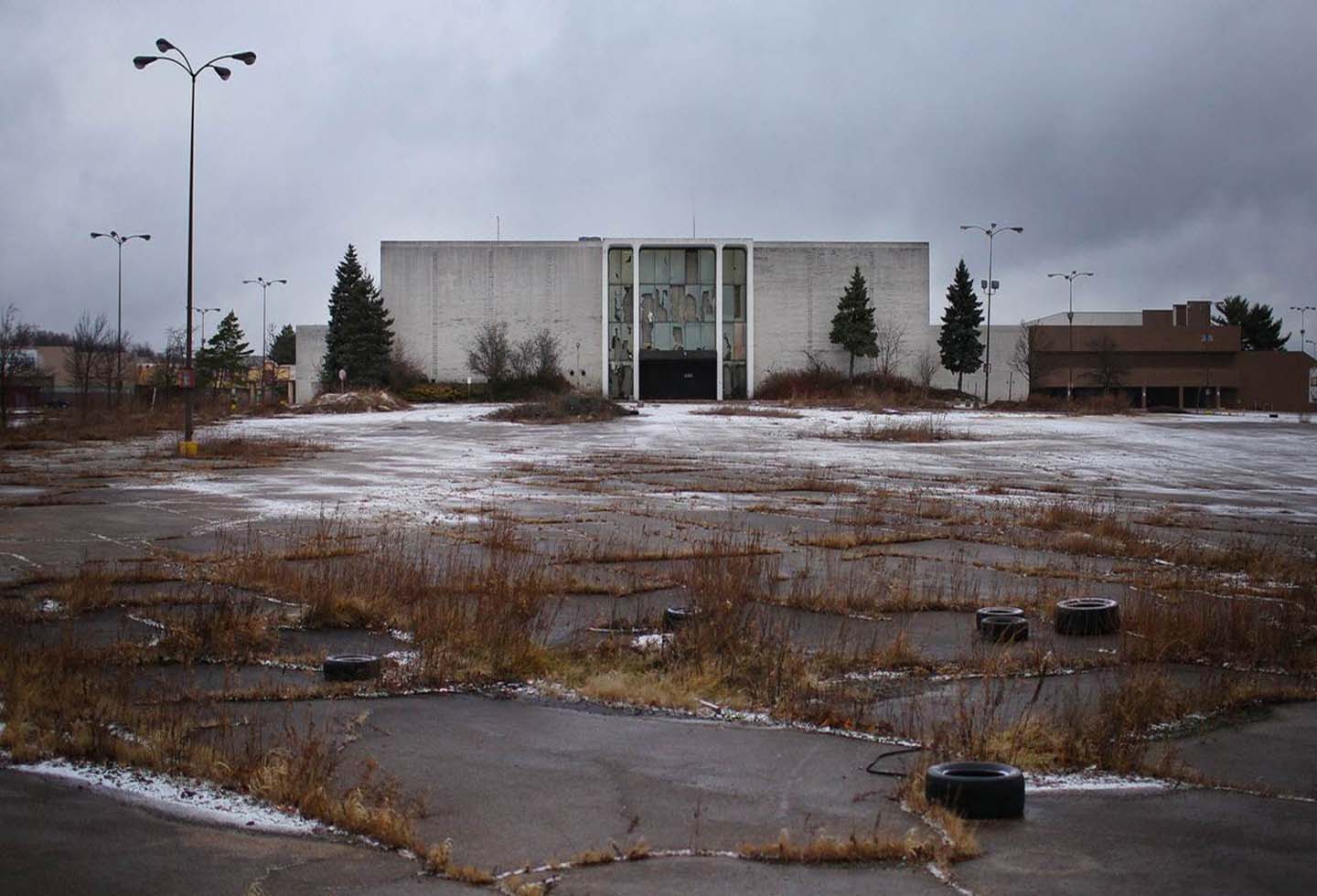Within the next 10-15 years, the traditional indoor shopping mall will be a memory – a historical anachronism that no longer meets the needs of consumers or retailers.
Yet, at the same time, I firmly believe that we are in a renaissance of brick-and-mortar retail. Physical retail is more relevant than ever, and its rebirth has the ability to reinvigorate our lives.
Conventional wisdom holds that as online shopping thrives, traditional, face-to-face retail surely dies or is at least put on permanent life support. That is certainly true for the traditional mall, but it doesn’t have to be true for the rest of the brick and mortar retail industry.
At one time, the suburban mall may have met developers’ needs – and even for a while the consumers’ needs – but it has outlived its usefulness. No new indoor malls have been built in the United States since 2006. In business, if you stop making a product that’s a pretty good indication that no one wants it.

Why is the indoor mall dying? Quite simply, it fails to meet our human needs.
Let’s start with one simple fact about human beings that always has been true: people, by nature, want to engage. We want a sense of community. We want to be in a social environment. It’s part of being alive.
Think how good it makes you feel just to see people sitting in an outdoor café with lights strung over it. It looks festive and inviting. It’s a place you want to be. Contrast that with a the drab food court at a local indoor mall.
Unfortunately, the great irony of our age is that, despite being so technologically connected, people are more socially isolated than ever before.
In 1950, less than 10 percent of American households contained just one person – today it’s more than 25 percent. We’re lonelier, too. According to researchers, some 40 percent of adults report being lonely. That’s nearly double the number from 30 years ago.
And that’s where lively, engaging retail come in. Shopping is social and humans are social beings. Great physical retail gives people an opportunity to come together.
The best examples are all around us – on “Main Streets” and in lifestyle centers throughout the globe. Take Newberry Street in Boston, Fillmore Street in San Francisco, and the Stroget in Denmark. Physical retail is also as timeless as the Souks of Marrakesh and the Champ Elysees in Paris.

Another good example of what I’m talking about is our anchor retail center, The Grove, in Los Angeles.
When designing The Grove, my company imagined a place that was not only inviting, but also instilled a sense of community and pride of ownership in its visitors – a place where people wanted to be even if they didn’t come to shop.
The results speak for themselves.
Today, The Grove has five times the national mall average in sales per square foot. Some 18 million people a year visit The Grove – more than Disneyland and the Great Wall of China. Over 90 percent of visitors make a purchase, and they spend more than double per visit compared to the industry average.
Why?
Like the great streets that inspired it, the Grove is designed for people to enjoy just being there. Walking around our properties, you see friends, couples, and families finding that human connection with each other. That leads to them shop, and shop more.
Great retailers are offering experiences in their own stores that you simply cannot replicate online. Take the personal customer service of Nordstrom or the Apple Store, the impulse joy of buying a Sprinkles cupcake, or the revelation of discovering a new boutique that you just want to explore.
Even online retailers recognize that brick and mortar must be part of their overall strategy. When one prominent online retailer opened their physical location, their CEO remarked, that the “future of retail is at the intersection of bricks-and-mortar and e-commerce.” I agree.

The lesson: physical retail will thrive for years to come – if retailers step back into the heart of social life and provide an experience for people to come together. That´s why the most successful retailers are focused on creating “heart share”, not just market share.
Retail must pay close attention to the natural rhythm and habits of human behavior. It must tap into that innate need for connection, and provide customers with social settings that are organic to the way people have interacted for thousands of years.
As through history, much of this is happening at the street level. That’s why my company is making huge investments in revitalizing entire streets here in Southern California. We are tapping into what makes neighborhoods thrive.
Retail is being reborn as developers, retailers, and cities, themselves, see that the future of brick and mortar retail is based on something very old and very enduring. The era of the indoor mall may be over, but the renaissance of physical retail has just begun.


